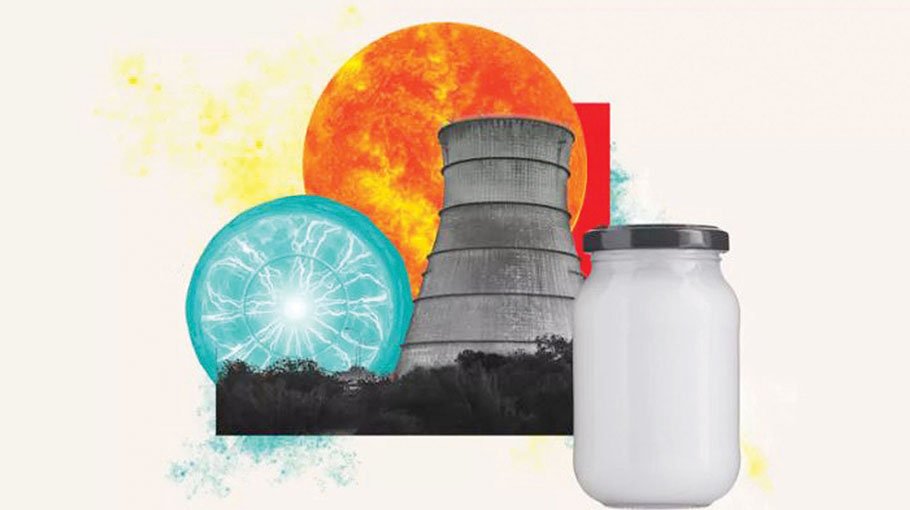Mayonnaise powers nuclear fusion research
A condiment’s role in near-limitless energy quest


Researchers at Lehigh University are advancing the search for nearly infinite, clean energy by employing an unusual substance ‘mayonnaise’ in a startling twist on nuclear fusion research. Mayonnaise, though primarily used in cooking, is turning out to be a useful tool for simulating the extreme conditions needed for nuclear fusion.
Lehigh researchers are exploring inertial confinement fusion, a process that aims to replicate the sun’s energy production by compressing a fuel pellet to extremely high densities and temperatures. Their unique approach involves using mayonnaise as a stand-in for plasma to study how materials behave under intense pressure.
Professor Arindam Banerjee and his team have been experimenting with jars of Hellmann’s Real Mayonnaise, spinning them at speeds of up to 150 revolutions per minute in a custom-built rotator lab. This setup allows them to investigate how the mayonnaise—a viscous emulsion—responds to pressure changes and how these reactions can inform the design of fusion capsules.
The goal is to understand how the mayo behaves when subjected to high pressure and movement, helping to prevent issues like hydrodynamic instability, which can lead to inefficiencies in energy production. By simulating extreme conditions—akin to millions of Kelvin and gigapascals of pressure—the researchers hope to enhance the predictability and stability of fusion processes.
Though the research is still in its early stages and operates on a small scale, it represents a significant step towards achieving practical nuclear fusion. By refining their experiments and improving the understanding of how their "mayo fuel" reacts, Banerjee and his team aim to contribute to the global effort to make fusion energy a viable reality.
In a field where breakthrough technologies are essential, this innovative use of mayonnaise highlights the creative approaches scientists are taking to solve some of the most challenging problems in energy research.


